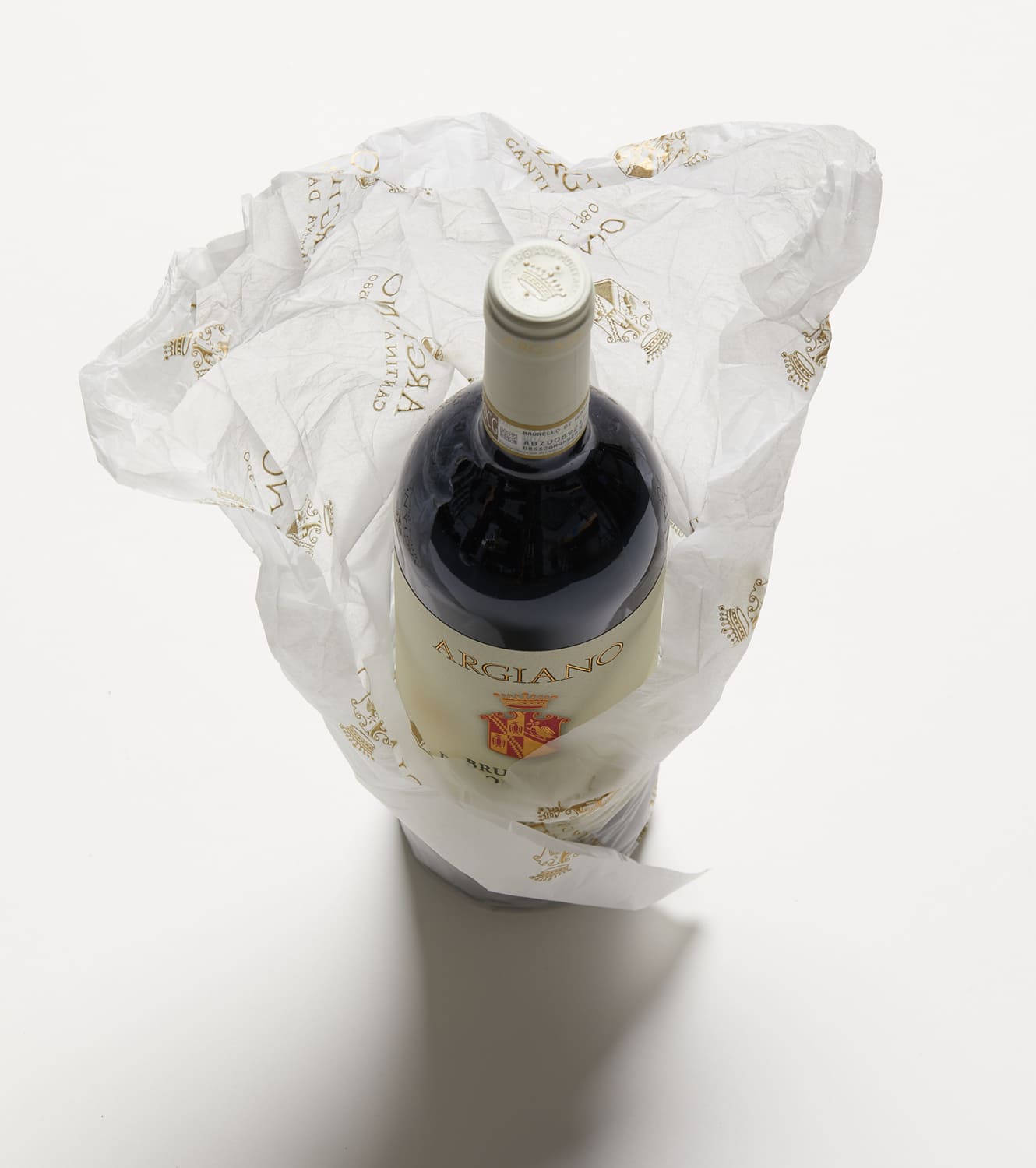
A CASE FOR TEXTURED WHITE WINES
John Irwin puts forward a compelling case for rethinking “textured whites,” singing the praises of these once snubbed wines – including the much-maligned Gewürtztraminer
Poor Gewürtztraminer, the most hated of the noble grapes. Conduct a straw poll with any group of sommeliers about their least favorite wines, and Gewürtz will make everyone’s list, and for a good reason.
At its worst, it’s like drinking a bottle of perfume; oily, alcoholic, and putridly floral – like lilies shedding their stoma, which is to say that it can smell, literally, like death. A glass of Gewürtztraminer is responsible for the most profoundly terrible wine I’ve ever tasted, one so lacking in acidity that its flabby viscosity seems to coat my mouth years later, a phantom limb of regret.
But the best wine I have ever tasted? It was a few years ago in Alsace, around Christmastime. Wooden huts selling mulled wine and Kugelhopf cake lined the streets of Colmar. Taking a break from the crowds, my partner and I popped into a cozy wine bar on a quiet side street. I asked the server to bring me something excellent and local. She brought me – you guessed it – a glass of Gewürtztraminer. A late harvest wine, honeyed and gingered, deep as an ocean yet astonishingly fresh, and, it turned out, an ideal pairing for a frigid night, some jet lag, and a plate of sausages.
SINGLING THE TEXTURED
Recently, I’ve heard wine professionals express their disdain for “textured whites.” Bad experiences with wines like Gewürtztraminer, Viognier and Rhône varieties have led some to eliminate not just a single grape but an entire category of wines from their life experience. Down with the oily, the viscous, and the alcoholic; bring on the sessionable, the fresh, and the versatile.
But my experience in a Colmar wine bar taught me something valuable; that two seemingly disparate things experienced at one time – lightness and depth – can make for complex and profound experiences. I learned that the very thing that makes something potentially terrible is also what makes it potentially tremendous, and that tastes cannot be measured on a spectrum but something more like a sphere.
I have been reaffirmed in this belief by lip-smacking whites from Etna, mouth-coating Godellos from western Spain, and a renewed love for the creamy white grapes of the southern Rhône. When made well, these wines give back none of the freshness while adding a tactile dimension that gives literal and metaphorical weight to the experience. It’s a high-risk, high-reward, tight-rope walk, a conceptual space where all the world’s great wines reside. So let’s reclaim textured whites and celebrate them – yes, even Gewürtztraminer – not for what they always are, but what they always can be.


SOME TEXTURED WHITES TO TRY
Jermann Friuli DOC Ramât Pinot Grigio
Another skin contact expression, this time from Friuli. In the precise hands of Jermann, maceration on the skins adds weight and fragrance with none of the funk. A great wine to pair with fresh cheeses and cured meats.
The Language of Yes “Les Fruits Rouges”
A “pink” wine (as winemaker Randall Grahm calls it) made mostly from weighty Cinsaut and Grenache, with a healthy dose of skin contact to bring out even more texture and fruit. A small percentage of Tibouren (2 percent) adds an herbal quality on the nose. Beautiful with barbecue.
Tornatore DOC Etna Bianco
This white – made from the native grape Carricante – shows how texture can be subtle but present. A little saline viscosity coats the mouth, adding an oyster-friendly dimension.
TOP, THE WINE BAR IN COLMAR. ABOVE, "TEXTURED WHITES" FROM THE MAZE ROW PORTFOLIO
Photography ©Rob Lawson
We recommend
NEW DREAM: JERMANN’S RAMÂT PINOT GRIGIO
Nargess Banks catches up with Felix Jermann to see how the new Ramât wine links to the Friuli estate’s past, present and future
LIQUID ASSETS
Chosen with care like art, fine wine can be a great investment. But what are the best ways to get started? Suzanne Denevan-Brown kick-starts our new series
DOORS OF PERCEPTION
John Irwin delves into the art of wine talk and explores how our individual cultural backgrounds influence how we see the world – and taste it
EXPLORE MAZE ROW’S HALO WINES
Maze Row has curated a collection of wines from unique producers, each with their own individual expression. Sommelier and Italian wine specialist John Irwin picks out the halos in the company portfolio




